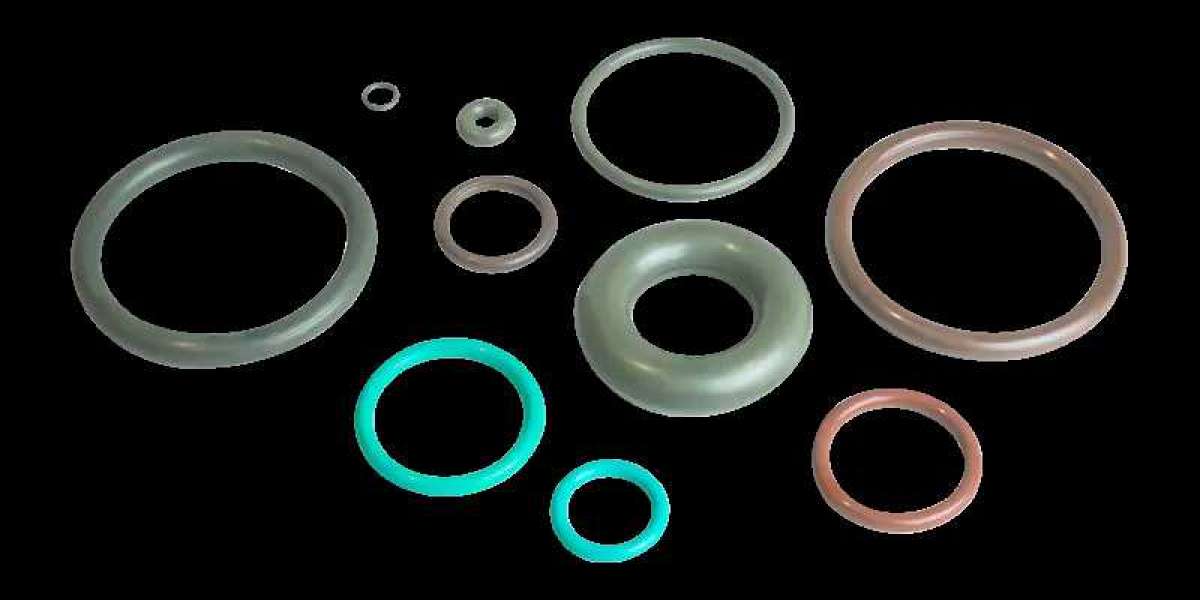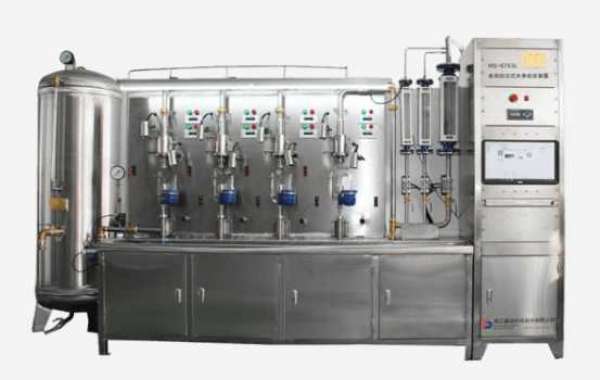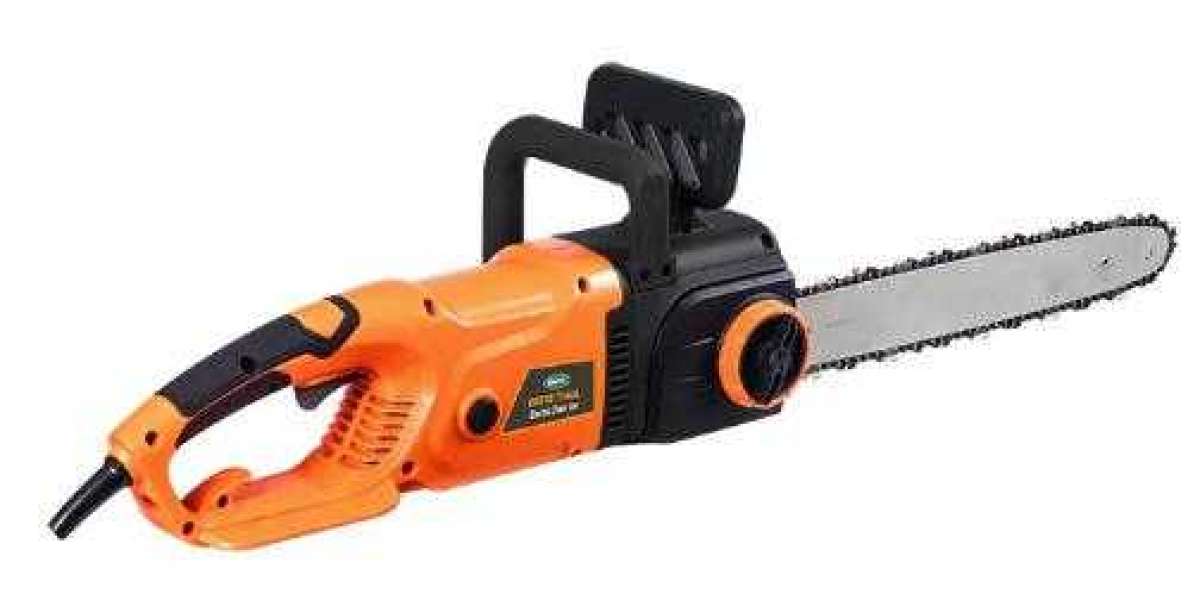In industrial equipment maintenance, the role of seals is crucial. They ensure the stable operation of the equipment and prevent the leakage of liquids, gases and other media. Among them, O-rings have become one of the most commonly used seals in industrial equipment due to their unique structure and performance. This article will explore in depth the key applications and advantages of O-ring seal kits in industrial equipment maintenance.
1. Basic characteristics of O-rings
O-rings, as the name suggests, are in the shape of a ring and are usually made of rubber or other elastic materials. This sealing method is simple and effective and can adapt to various complex working conditions. The main features of O-rings include:
Small size and easy installation and disassembly: O-rings are small in size, easy to install and disassemble, and reduce the complexity of maintenance work.
Both dynamic and static seals are available: O-rings can be used for both static and dynamic seals, and have a wide range of applicability.
Excellent sealing performance: O-rings can provide a tight seal, prevent medium leakage, and ensure the stable operation of the equipment.
Strong adaptability: O-rings can adapt to complex working conditions such as high pressure, high temperature and corrosive media, and show good resistance to high pressure, high temperature and corrosion.
2. Application of O-rings in industrial equipment
In industrial equipment, O-rings are widely used in key components such as pumps, valves, and cylinders. These components usually need to withstand extreme conditions such as high pressure and high temperature, and O-rings can ensure the stable operation of equipment under these conditions with their excellent performance.
Pump equipment: In pump equipment, O-rings are often used to seal the gap between the pump shaft and the pump housing to prevent medium leakage. Its excellent elasticity and wear resistance enable O-rings to maintain a good sealing effect after long-term operation.
Valve equipment: In valve equipment, O-rings are often used to seal the gap between the valve stem and the valve body, as well as the sealing surface between the valve seat and the valve disc. Through reasonable selection and installation, O-rings can ensure the tightness of the valve and prevent medium leakage.
Cylinder equipment: In cylinder equipment, O-rings are often used to seal the gap between the cylinder wall and the piston, as well as the gap between the piston rod and the cylinder head. Its good elasticity and oil resistance enable the O-ring to maintain a good sealing effect during the reciprocating motion of the cylinder.
III. Advantages of O-ring kits in industrial equipment maintenance
Improve equipment stability: The application of O-ring kits can significantly improve the stability of equipment, reduce downtime caused by leakage, and improve the operating efficiency of equipment.
Reduce maintenance costs: O-ring kits have a long service life and low replacement cost, which can reduce the maintenance cost of equipment.
Improve equipment safety: The application of O-ring kits can prevent medium leakage, avoid damage to equipment and the environment, and improve the safety of equipment.
Improve equipment flexibility: O-ring kits can adapt to various complex working conditions, allowing equipment to operate stably under different working conditions.
IV. Selection and installation of O-ring kits
When selecting and installing O-ring kits, the following factors need to be considered:
Material selection: Select appropriate O-ring materials according to the nature of the medium and the working environment. For example, for oil-resistant, acid-resistant and alkali-resistant media, you can choose O-rings made of materials such as nitrile rubber or fluororubber.
Size selection: Select the appropriate O-ring size according to the size of the sealing groove and the operating requirements of the equipment. Ensure that the O-ring can tightly fill the sealing groove after installation to form a continuous sealing surface.
Installation method: When installing the O-ring, you need to be careful to avoid excessive stretching or compression to avoid damaging the elasticity of the O-ring. At the same time, you need to ensure that the sealing groove is clean and smooth so that the O-ring can be smoothly installed into the sealing groove.
O-ring kits play a vital role in the maintenance of industrial equipment. Its excellent sealing performance and adaptability enable the equipment to operate stably under various complex working conditions. Through reasonable selection and installation, the O-ring kit can significantly improve the stability of the equipment, reduce maintenance costs, and enhance the safety and flexibility of the equipment. Therefore, in the maintenance of industrial equipment, attention should be paid to the application of O-ring kits to ensure the long-term stable operation of the equipment.








